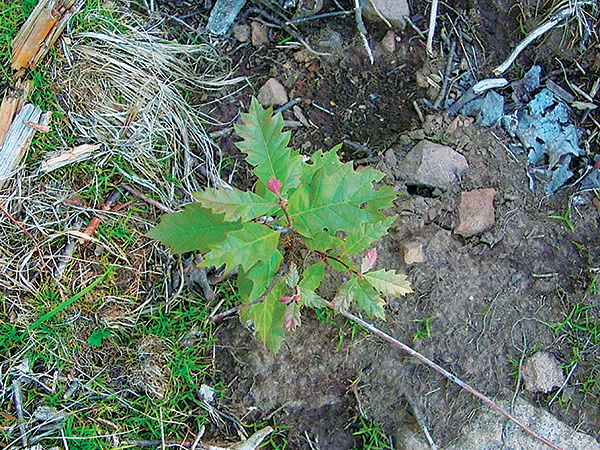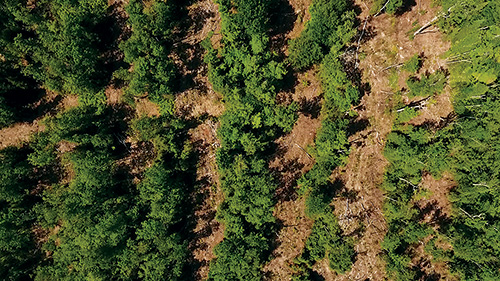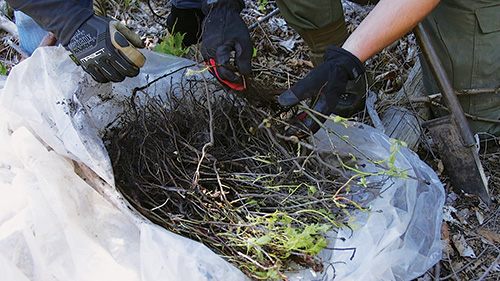
Math has never been one of my strong suits, but with that said, even I know that a billion is a really big number. To help wrap my head around just how huge that number is, I found this comparison.
If I told you that I was going to visit you in one million seconds, you’d have to get ready in about 11.6 days — less than two weeks. By contrast, if I informed you that I would be visiting you in one billion seconds, you would not see me for about 32 years. It’s a big number.

Why this number might matter to you is that over the next decade, the U.S. Forestry Service is planning to plant over a billion trees. (“US to plant 1 billion trees as climate change kills forests”: July 25, 2022, Matthew Brown)
This effort, supported by bipartisan legislation, is in part to address forest loss to western wildfires. In the past five years, more than 5 million acres of land have been subjected to intense fires.
Obviously, growing more trees is good news for woodworkers. But forests also help filter water, support wildlife, provide recreational space, beautify the landscape and take carbon out of the air.
Planting on Many Levels

While these efforts are at the federal level, there are many other tree-planting efforts going on across the board. For example, in my home state of Minnesota, our Department of Natural Resources planted over 2 million trees in 2021. And there are non-governmental efforts as well. The Journal’s parent company, Rockler Woodworking and Hardware, supports the Hardwood Forestry Fund that has planted millions of trees all across the country.
Our forests are important and under stress, but with continued efforts, they can remain healthy and provide lumber and other benefits for generations to come.





